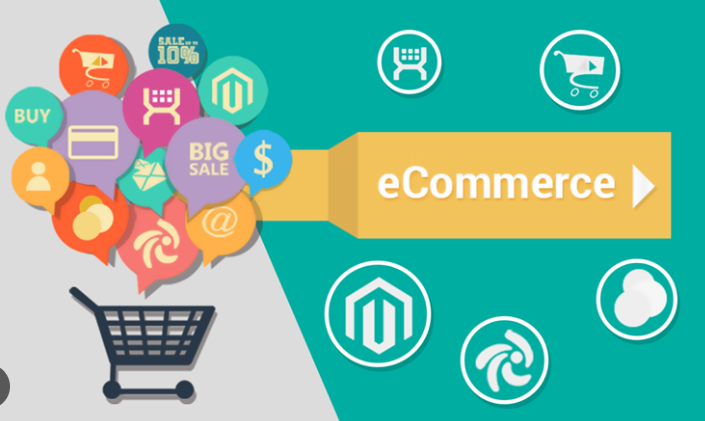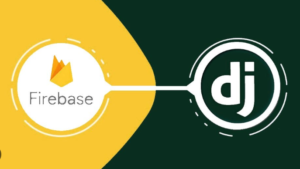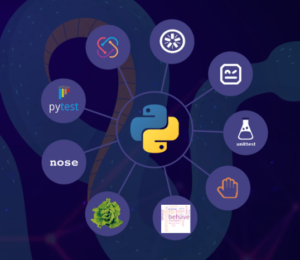Building a full-stack e-commerce application with Java involves developing both the frontend and backend components to create a complete online shopping experience. Here’s an outline of the steps involved:
- Design the Database:
Start by designing the database schema for your e-commerce application. Identify the entities involved, such as products, users, orders, and payments, and define the relationships between them. Use a relational database management system (RDBMS) like MySQL or PostgreSQL to implement the database. - Set Up the Backend:
Choose a Java framework like Spring Boot or Jakarta EE to build the backend of your application. Set up the necessary configurations and dependencies for your chosen framework. Create backend APIs to handle operations such as user registration and authentication, product listing, cart management, order processing, and payment integration. - Implement User Management:
Develop functionality for user registration, login, and profile management. Implement authentication and authorization mechanisms to secure the application’s resources and ensure that only authenticated users can access protected areas. - Build Product Management:
Create APIs for managing products, including functionality to add, edit, delete, and retrieve product details. Implement features like product search, sorting, and filtering to enhance the user’s shopping experience. - Develop Shopping Cart Functionality:
Implement APIs to manage the user’s shopping cart. Allow users to add products to their cart, update quantities, remove items, and calculate the total price. Ensure the cart functionality is persistent, so users can continue shopping even after leaving the website. - Implement Order Processing:
Create APIs to handle order placement, order history, and order details. Implement logic to calculate order totals, handle shipping and tax calculations, and generate invoices. Integrate with payment gateways to facilitate secure online payments. - Develop the Frontend:
Choose a frontend framework like Angular, React, or Vue.js to build the user interface of your e-commerce application. Design and implement the necessary pages and components, such as product listing, product details, shopping cart, checkout, and user account management. - Integrate Backend and Frontend:
Connect the frontend to the backend APIs using RESTful API calls or GraphQL. Use tools like Axios or the built-in HTTP libraries of your chosen frontend framework to communicate with the backend and fetch data. - Implement Responsive Design:
Ensure that your application is responsive and mobile-friendly. Use CSS frameworks like Bootstrap or Material-UI to create a consistent and visually appealing layout across different screen sizes and devices. - Enhance the User Experience:
Implement features like product recommendations, related products, user reviews, ratings, and saved wishlists to enhance the user experience and drive engagement. Consider integrating with third-party services like address validation or shipping calculators to provide accurate shipping information to users. - Implement Testing and Quality Assurance:
Write unit tests, integration tests, and end-to-end tests to ensure the correctness and reliability of your application. Use testing frameworks like JUnit, Mockito, or Selenium for automated testing. Perform manual testing to verify the user experience and identify any usability or functional issues. - Deploy and Maintain the Application:
Deploy your application to a web server or cloud platform of your choice. Set up appropriate server configurations and ensure that the application is accessible to users. Implement logging and monitoring to track application performance, errors, and user activity. Regularly maintain and update your application to address security vulnerabilities and add new features.
Building a full-stack e-commerce application with Java requires a combination of backend development skills, frontend design expertise, and a good understanding of e-commerce concepts. It’s essential to prioritize security, scalability, and a seamless user experience to create a successful e-commerce platform.



